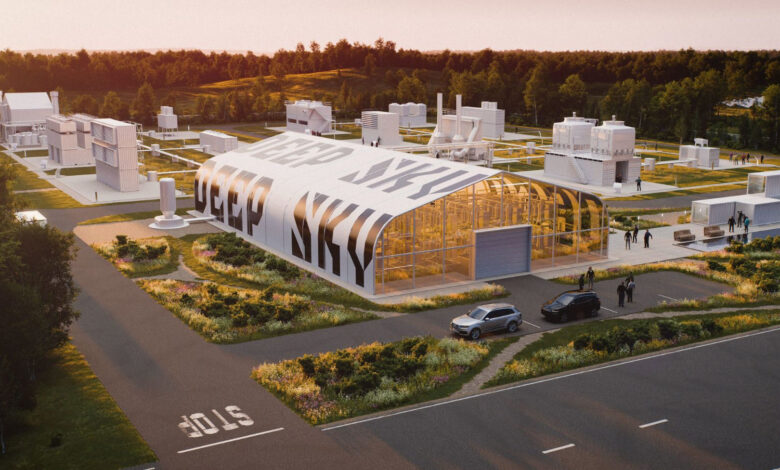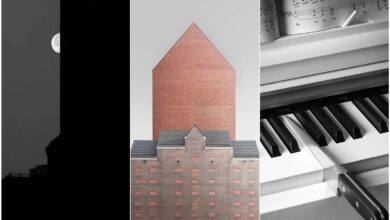The world’s first carbon absorption center can remove three thousand tons of carbon dioxide from the air every year

Canadian carbon removal company Deep Sky has just unveiled plans to build the world’s first carbon removal innovation and commercialization center. The center is to be built in the city of Innisfil, located north of Calgary in the province of Alberta.
Achieving the goal of net zero or “carbon neutral” requires many measures. The first task is to directly reduce the carbon footprint of current activities. Then, it’s time to take measures to protect and restore the environment: tasks like planting more trees and revitalizing grasslands, and of course, preserving existing natural resources. But what if we could add another new strategy to these efforts?
With Deep Sky’s announcement, it looks like we may have another solution soon. The company claims that its new center will have the ability to absorb three thousand tons of carbon dioxide per year. Of course, it must be admitted that this absorption rate is not very high compared to the global need. Absorbing this amount of carbon dioxide is only equivalent to compensating the annual carbon footprint of about 227 Canadians or 218 Americans. But this company emphasizes that the establishment of the carbon absorption center is just the beginning.
Damien SteeleDeep Sky’s CEO said in a statement published on the company’s website: “This project is the first global achievement of its kind, and as a platform for growth, it can turn this nascent industry into a multi-trillion dollar business in Canada. »
The Deep Sky facility will be operational by the end of next year
Deep Sky plans to turn its facility into a hub for carbon sequestration as well as a place to develop new ideas and future technologies. “The facility’s laboratories allow for the simultaneous testing of multiple direct carbon sequestration (DAC) concepts,” the company said in a statement. The technique eliminates the problems of delivery delays that global decarbonization projects have faced in the past, the statement added.
Currently, eight different technologies for direct carbon sequestration are to be implemented at the Deep Sky Carbon Capture Center. Also, it is expected that the facility will be operational by the end of next year. Currently, there is still enough space to deploy two other potential carbon capture technologies: “The labs are designed to cover and allow for the development of 10 different direct carbon capture technologies.”
Deep Sky has stated that its mission includes the goal of producing “high integrity carbon credits”; Recently, global carbon credit schemes have been heavily criticized due to the invalidity of more than 90% of them. In fact, according to research, these carbon credits are likely to worsen industrial carbon emissions.
One of the reasons for the criticism of carbon credits is the inability to prove or even reasonably estimate the effectiveness of carbon emission reduction methods. Gilles Dufrasin“The big problem with these projects is determining the baseline and a basis for comparison,” says the director of global carbon markets at the independent carbon market watchdog. When you measure a project’s impact, what do you compare it to? You make the comparison with what would happen in the absence of your project. This hypothetical situation is very complicated.”
However, Deep Sky has another advantage. “The carbon credits generated by Deep Sky projects are fully tracked through digital measurement, reporting and verification (MRV) and validated against the most stringent carbon standards to ensure full durability and sustainability,” the company said in a statement. “
While Deep Sky’s first step may be very small in terms of raw volume, the facility’s construction will be “a big step toward improving the health of our planet and our economy,” according to Steele.
“I cannot overemphasize the importance of the world’s first hub for decarbonization innovation and commercialization and its value to Canada and our planet,” said Steele. Giving priority to quality and speed, we are proud that this facility has achieved such progress in less than a year, from concept to construction.









